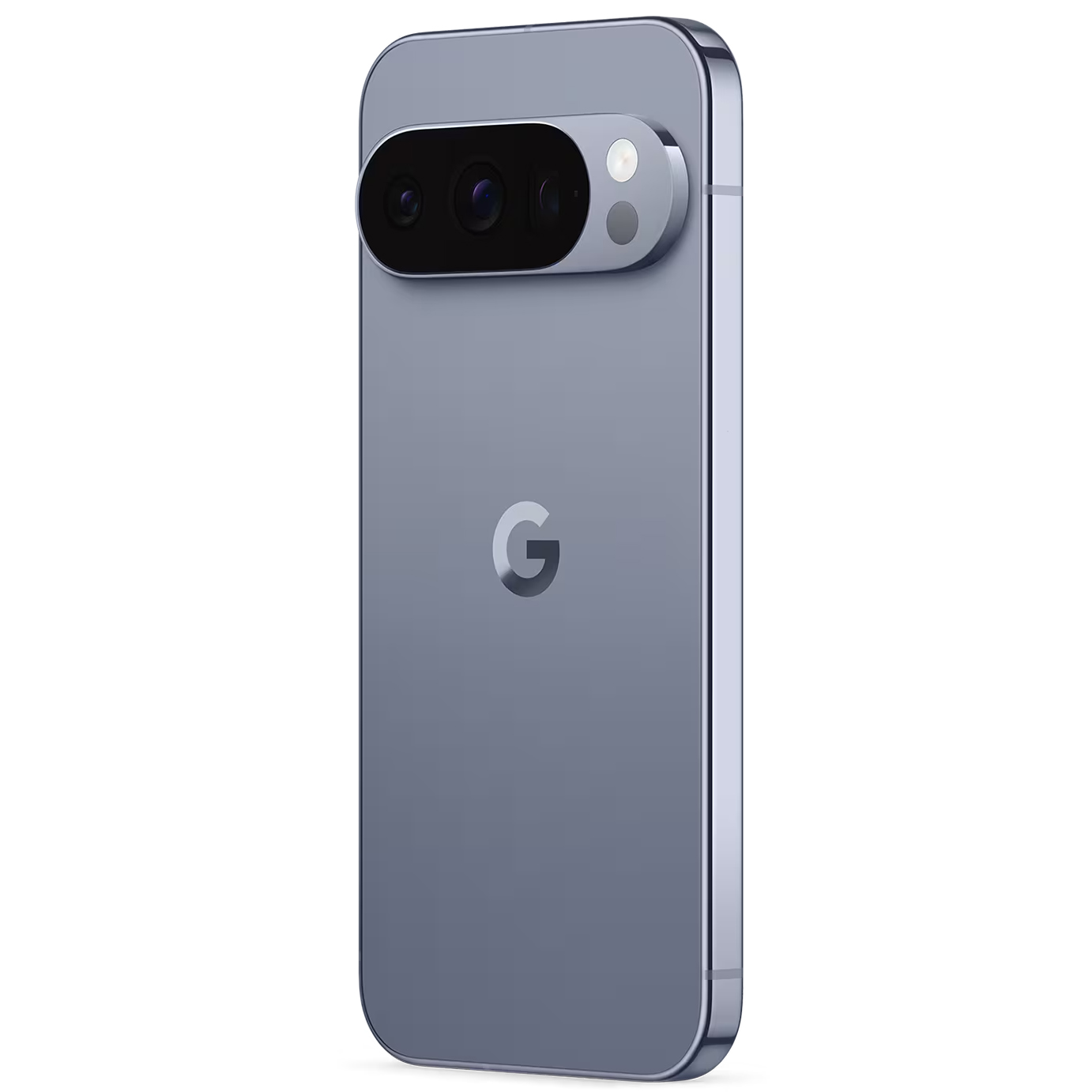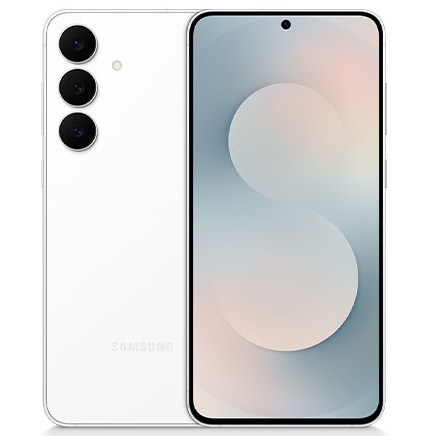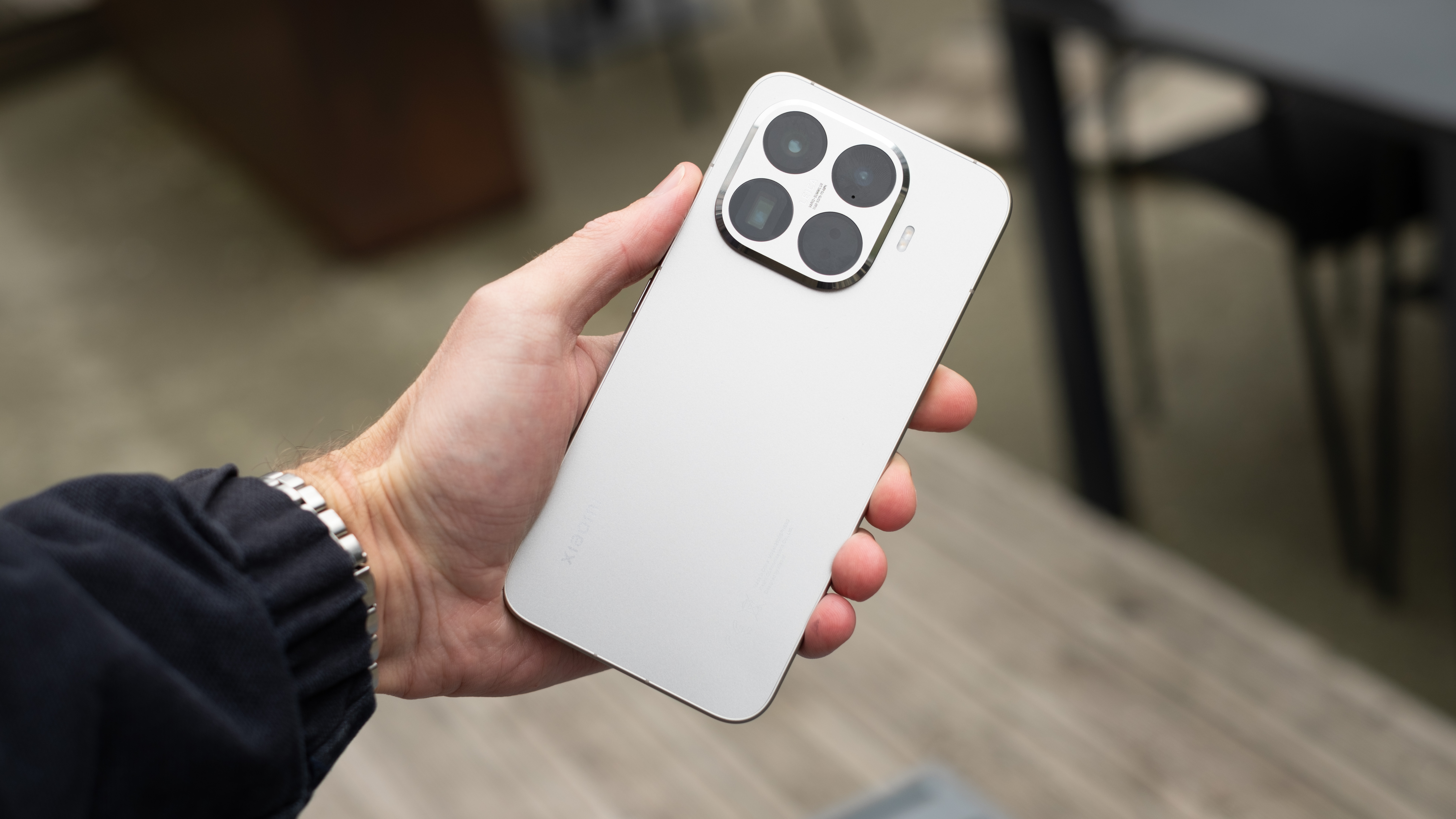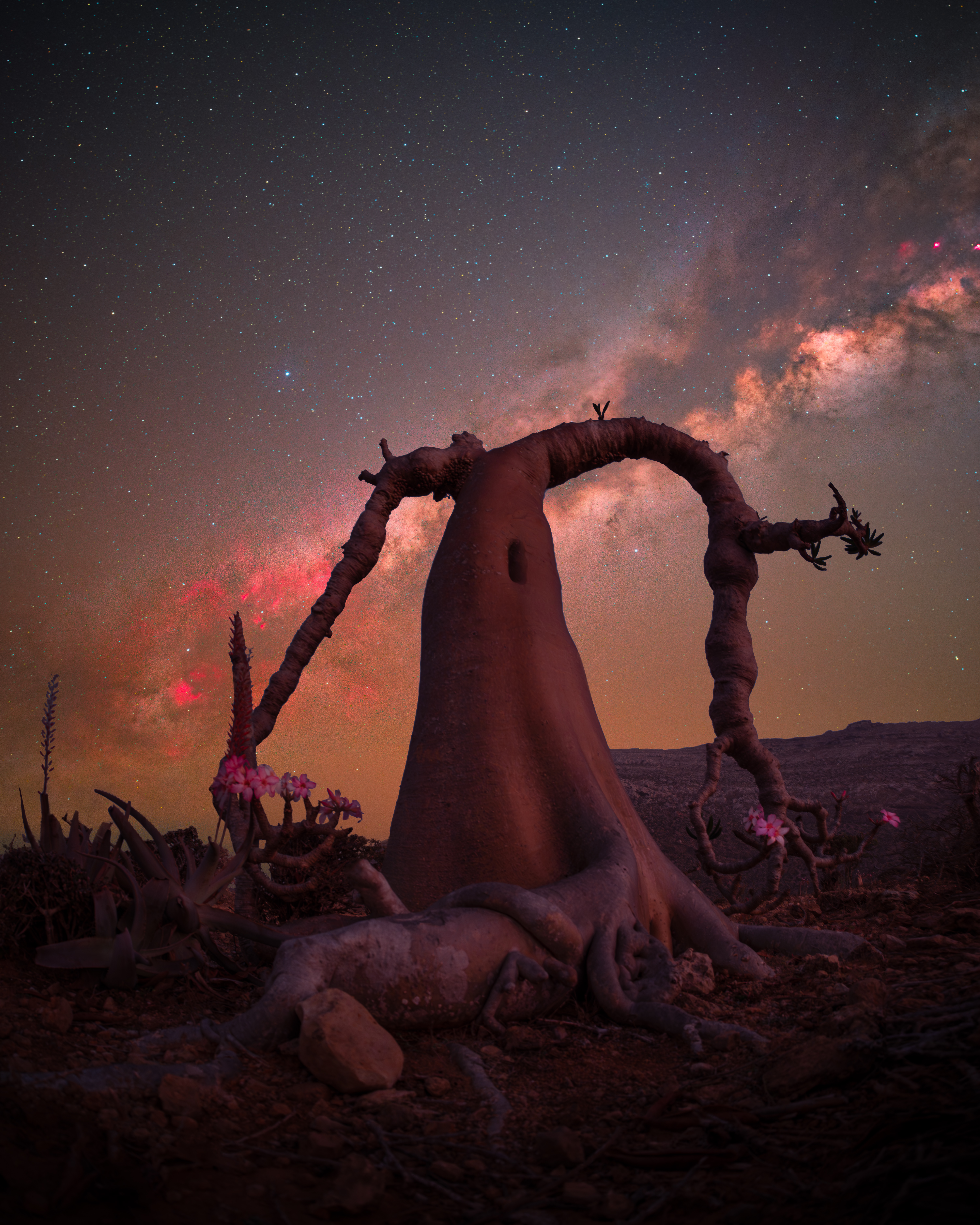The best phone for video recording and vlogging
Featuring clever cameras and slick software, these are the best phones for video recording and streaming

What's the best phone for video recording and streaming? Right now, that's a more difficult question to answer than it was a few years ago. For a long time, Apple led the way in this field. But more recently Samsung, Sony, Google and others have started closing the gap with their highly capable flagships.
You might think the best camera phone for stills would be the best phone for video too, but that's not always the case. Great video doesn't just require a great lens: it also means having a lot of computational power and smart software to produce a good-looking finished product.
So to help you find the best fit for your needs, we've put our experts to work. Based on their vast experience of testing, reviewing and using smartphones, we've pulled together the definitive list of the best phones for video recording and streaming.
The Quick List

Each iPhone generation has built on the success of the last and the 17 Pro Max is the best yet. Our reviewer found that video from this powerful phone looks exceptional, whether capturing nearby or faraway subjects.

If you don't want an iPhone, here's our top pick. We found video from the S25 Ultra to be punchy, crisp, and stable. Top specs including 8K recording at up to 30fps, 10x zoom, and 240fps Full HD slow-mo capture.

The latest Pixel phone captures great quality videos at 4K resolution and 60fps. There's also a brilliant Audio Eraser tool, which does a brilliant job of reducing background noise on busy streets, and a new Cinematic video mode.

Can't afford the Apple iPhone 17 Pro Max? The standard iPhone 17 is a more affordable buy, and it's still a fantastic phone for video recording and streaming, thanks to its advanced audio and camera features.

With a 50MP main camera capable of shooting at a maximum of 8K at 30fps and high-speed 4K at 120fps, this is a great option for 8K enthusiasts. The phone also supports professional-grade features, including HDR10+ and 10-bit Log recording with LUT support.

Supporting a suite of Galaxy AI tools like Instant Slow-mo for creative video effects, Generative Edit for advanced photo and video object removal, and Audio Eraser to clean up background noise in your recordings, the Samsung Galaxy S25 FE is a great choice for AI fans.
Best phone for video recording
Why you can trust Digital Camera World
The best phone for video overall
1. Apple iPhone 17 Pro Max
Specifications
Reasons to buy
Reasons to avoid
The iPhone 17 Pro Max serves up 4K video recording at up to 120fps and up to 240fps at 1080p. That makes Apple's flagship phone an ideal solution for all types of videography, including slow-motion captures. Apple hasn't yet pushed the resolution to 8K like the Xiaomi 15T Pro has, but most users will be more than satisfied with 4K.
The phone also supports a range of professional video formats, including ProRes RAW, Apple Log 2, and Open Gate Recording. Gaining access to these formats enables users to take advantage of a greater dynamic range and seriously push the limits of what can be captured in camera. Open Gate Recording will be particularly helpful for content creators posting to social media.
Multi-camera features include dual recording and Genlock support. The former allows for simultaneous recording with the front and rear cameras in 4K Dolby Vision, useful for reaction videos or vlogging. Genlock support allows multiple iPhone 17 Pro/Pro Max devices to be synchronized perfectly, which is essential for professional multi-camera setups.
Overall, the iPhone 17 Pro Max delivers incredible power thanks to its A19 Pro chip. The new aluminum body design also delivers improved cooling. Its large 6.9-inch Super Retina XDR display is one of the best around, and the phone boasts category-leading battery life.
Read more: Apple iPhone 17 Pro Max review
The best Android phone for video
Specifications
Reasons to buy
Reasons to avoid
If you prefer Android to Apple, then the Samsung Galaxy S25 Ultra offers a very worthy alternative to our number one pick. It excels when it comes to video recording, with 8K video capabilities and excellent stabilization, making it a strong contender for content creators. That said, the increased detail comes with larger file sizes, which may not be practical for everyday use.
The camera system is largely similar to the S24 Ultra, with the most notable hardware upgrade being the ultra-wide lens increasing to 50MP (up from 12MP on the S24 Ultra), alongside AI-powered image processing improvements.
The S25 Ultra is powered by the Snapdragon 8 Elite chipset, which ensures smooth multitasking and gaming experiences. Battery life is solid, with efficient power management that extends usage, though heavy users might still need a midday top-up. And its display offers excellent brightness, color accuracy, and a dynamic refresh rate, making it ideal for various lighting conditions.
Read more: Samsung Galaxy S25 Ultra review
The best Google phone for video
Specifications
Reasons to buy
Reasons to avoid
The Pixel 10 Pro & Pro XL are two of the best Android phones for video we've seen to date. While their camera systems only represent a modest upgrade over their predecessor, the Pixel 9 Pro, they're definitely the best Google phones for video on the market today.
Both phones support up to 8K video recording with Google’s Video Boost technology, which enhances clarity and stability, producing professional-grade footage. For everyday use, they deliver smooth 4K HDR video at 60fps, with consistent quality across various lighting conditions. The mics capture clear, high-quality audio, making these phones ideal for vlogging and streaming.
The front-facing 42MP camera is particularly impressive for vloggers, enabling detailed 4K video recording. Users can take advantage of AI-powered tools like Zoom Enhance to clean up details in zoomed footage and Magic Editor to refine or creatively enhance their videos directly on the device. Both phones have HDR10+ displays with vibrant colors and up to 3300 nits brightness, ensuring excellent video playback and easy content review, even outdoors.
Improved internal stability prevents overheating during extended sessions, addressing past issues with Pixel devices. With seven years of software updates, the Pixel 10 Pro series promises long-term performance and value, making it a top choice for creators and streamers.
Read more: Google Pixel 10 Pro and 10 Pro XL review
Best affordable iPhone for video

Specifications
Reasons to buy
Reasons to avoid
Can't afford the iPhone 17 Pro? The basic iPhone 17 is still a great choice for content creators and vloggers, thanks to its advanced audio and camera features.
A major highlight is the new 18MP Centre Stage front camera and the four-microphone array. This combination not only provides directional audio capture but also uses Centre Stage technology to keep the subject perfectly framed during video calls and vlogs, making one-person shoots much easier without the need for external stabilizers or microphones.
The 48MP Dual Fusion camera system has also been enhanced for the base model. It comes with an expanded set of Photographic Styles, offering more creative control over colors and tones than ever before. The dedicated Camera Control button has been refined, allowing for intuitive, fluid adjustments to settings like exposure, depth, and zoom with simple touch gestures during a shoot.
While the iPhone 17 excels in multimedia capabilities, some issues persist. For instance, underwater performance is decent but can affect speaker functionality, requiring users to shake out excess water for optimal sound. Nonetheless, these enhancements make the iPhone 17 a strong contender for content creators seeking a versatile device.
Read more: Apple iPhone 17 review
Best phone for 8K

Specifications
Reasons to buy
Reasons to avoid
The Xiaomi 15T Pro can shoot video up to 8K/30fps which is very impressive for this tier of phone. Not everyone will need this resolution, but it does make it possible to perform pretty extensive cropping without losing data. There is also 4K120p for slow-mo shots.
Video quality is very good in daylight, but less so in low light. It's also possible to shoot in LOG and apply LUTs if you want to get creative in editing or want to get videos in your style up online quickly. OIS/EIS works very well for very steady footage on both the main and telephoto cameras.
Images captured by the Xiaomi 15T Pro are very good with a distinct Leica look to the tones and colors. We're a big fan, but if you'd like a more accurate, balanced, but less characterful result, then something like an iPhone or Pixel would be a better option.
The new telephoto lens is a powerhouse, delivering sharp, consistently accurate images. While the lens offers a reasonably close focusing distance, it lacks a dedicated telephoto macro mode, meaning you won't get the extreme close-up detail of a true macro camera.
Read more: Xiaomi 15T Pro review
Best phone for AI

Specifications
Reasons to buy
Reasons to avoid
The Samsung Galaxy S25 FE is excellent for video recording, thanks to its hardware and AI capabilities. It features a high-resolution 50MP main camera with OIS and can shoot 8K video too. The combination of OIS and advanced electronic stabilization, including Super Steady mode, ensures that footage stays smooth, clear, and steady.
The inclusion of Galaxy AI helps refine video and audio. The Audio Eraser uses AI to analyze and remove unwanted background noise, such as wind or traffic, leaving your recorded voices and sounds significantly clearer than the raw recording. Additionally, the Instant Slow-mo feature is a lifesaver should you need to transform regular footage into slow motion.
The phone also includes AI post-production tools, including an Auto Trim function that automatically detects and isolates the best parts of your footage, quickly compiling them into shareable highlight reels.
Overall, the Galaxy S25 FE is a great phone because it offers flagship-level performance without the top-tier price. It is powered by a high-end processor, ensuring smooth multitasking and gaming, and features an impressive 6.7-inch 120Hz AMOLED display.
Read more: Samsung Galaxy S25 FE hands-on review
How to choose the best phone for video recording
Smartphones are increasingly becoming miniature film studios, but the ones which are best for video recording aren't always obvious. When making your choice, firstly consider both resolution and sensor size. Look for 50MP resolution or above, but bear in mind that higher megapixels aren't everything. So also look for a phone that has a large sensor to capture more light, especially if you're interested low-light performance. You also want versatility when it comes to shooting video, so ideally look for a phone with at least three rear cameras: wide, ultrawide, and a telephoto zoom for close-ups. Also pay attention to stabilisation (as no one wants shaky footage) and audio features.
How much storage do I need for video recording?
The amount of storage you'll need for video recording will depend largely on the resolution and frame rate you're shooting at. For example, 4K 60fps can eat up space quickly, so you'll probably need a phone with at least 128GB onboard storage, as well as the potential to expand this via a microSD card.
Does the lens matter when buying a phone for video?
Yes! More and more phones are arriving with high resolutions of 50MP+, but that's not all you need to capture professional looking video. Look for phones with wide-angle lenses for capturing more in the frame and telephoto lenses for zooming. (Optical zoom generally offers better quality than digital zoom.)
Which phone is better for video: Android or iPhone?
In truth, the best Android phones and the best iPhones both offer excellent video recording and streaming capabilities. So the choice between Android and Apple really comes down to personal preference and specific device features.
How we test the best phone for video recording
As a photography website, we pay special attention to the photo and video quality of smartphones. Camera phones are all-around digital assistants too, of course, so we will also check general handling, usability, and practicality – such as battery life. For Android camera phones we rate resolution, noise and color rendition in the context of what rival Android phones can do, and where there are any special features, such as ‘night modes’ or ‘portrait modes’, we check that these perform as the makers describe.
The best camera deals, reviews, product advice, and unmissable photography news, direct to your inbox!

Gareth is a photographer based in London, working as a freelance photographer and videographer for the past several years, having the privilege to shoot for some household names. With work focusing on fashion, portrait and lifestyle content creation, he has developed a range of skills covering everything from editorial shoots to social media videos. Outside of work, he has a personal passion for travel and nature photography, with a devotion to sustainability and environmental causes.
- Basil Kronfli
- Paul HattonFreelance tech writer




